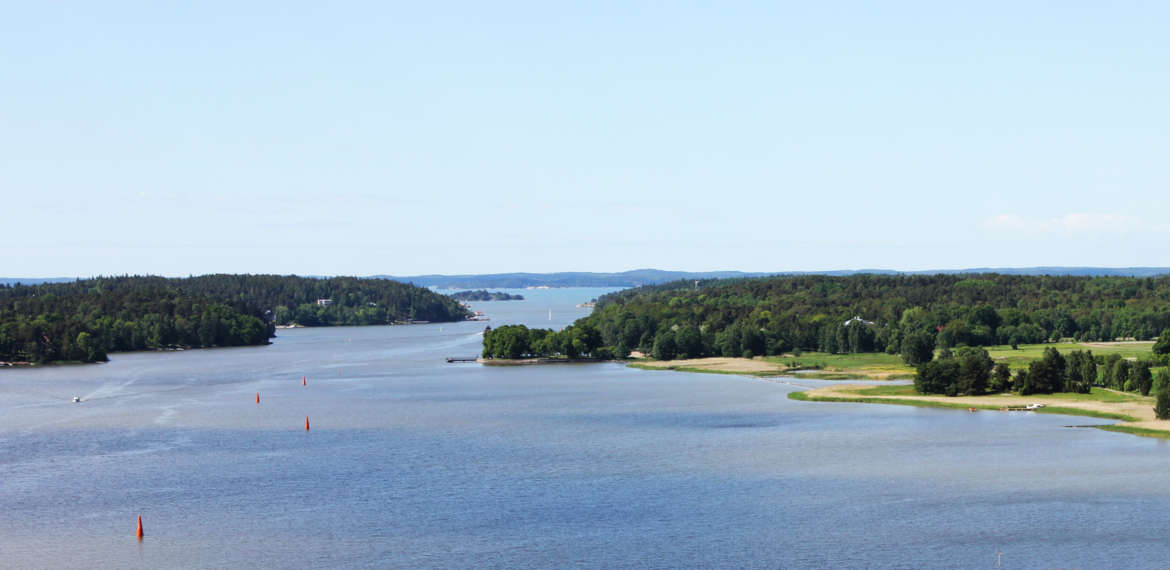Dredging contributes to the safety of seafaring
Dredging means making a waterway deeper or improving it by mechanically removing sediment i.e. soil accumulated at the bottom of the waterway. In addition to removal of sediment, dredging also involves looking after the dredging masses and their final disposal in a suitable location.

The goal is to ensure viability for traffic
The goal of the dredging performed by the Port of Turku is to ensure that the fairways and the leading to the port and the port remain operable. Most of the dredging is maintenance which ensures that the fairway depths notified to seafarers are accurate. Investment dredging in turn improves the operability of the fairways e.g. by widening the curves to make it easier to manoeuvre large vessels.
The most significant factor affecting the need for dredging is the solid matter carried by the River Aura; it is estimated that some 50,000 cubic metres was carried to the port fairways from 2016–2017. The fairways are also made shallower by propeller currents and natural erosion. According to the current estimate, maintenance dredging will need to be performed at 4–5-year intervals, depending on the volume of the matter accumulated on the fairways and harbour basins.
Maintenance of fairways benefits many parties
The significance of fairway maintenance is emphasised by the importance of the Port of Turku to Finland’s maritime traffic and foreign trade, and the City of Turku. 60 per cent of the passenger traffic and 40 per cent of the cargo transports between Finland and Sweden pass through the passenger harbour located at the mouth of the River Aura. Furthermore, the Port of Turku is part of the EU’s Scandinavian–Mediterranean transport corridor, which sets its own requirement for the operability of the port fairways.
In addition to cargo transports and passenger traffic, dredging also benefits the inhabitants of Turku and the leisure boats visiting in the city. Dredging in downstream River Aura also allow for arranging events such as the Tall Ships Races in Turku.
Environmental effects in continuous follow-up
The need for dredging in the River Aura and the Port is not a new phenomenon, as regular dredging was started between Pikisaari and the Old Great Square already in 1739. Today, the dredging is strictly regulated, and it is guided by the instructions on dredging and disposal of sediments drawn up by the Ministry of the Environment.
The environmental impacts of the Port of Turku’s dredging and disposal activities have been followed since 1989. The goal of the follow-up programme is to ensure that the environmental and health risks resulting from the dredging and disposal activities carried out by the Port remain at an acceptable level. That is achieved by following the impacts of dredging and disposal activities and changes therein with series of observations. At the same time, the extent of the affected area is mapped, and background information is acquired for minimising the environmental hazards resulting from the activities.
